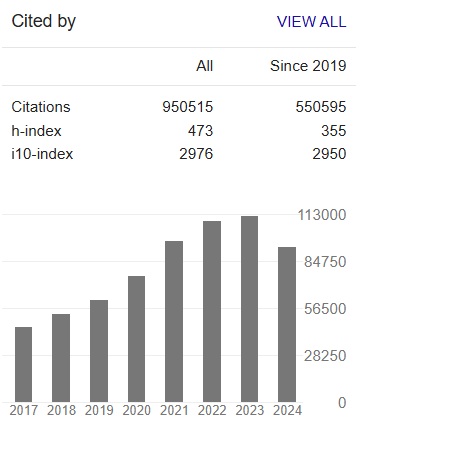Evaluation and Interpretation of Legacy Major-Ion Chemistry for the Niobrara River Watershed, Northwestern and Northcentral Nebraska, USA
Abstract
Jon Atkinson
The Niobrara River watershed (NRW) is home to a National Scenic River reach (122-km (76-mi) and to the unique and ancient Sand Hills, a National Natural Landmark. Examination of historical (1968–1991) aqueous geochemistry data [major cations and anions, pH, specific conductance, and total dissolved solids (TDS)] for 500 water samples contained in the Water Quality Portal maintained online by the US Environmental Protection Agency for the Niobrara River, and six tributary creeks, a reservoir, and two tributary rivers, located in northwestern and northcentral Nebraska, revealed that the mineralization (TDS) is relatively low. Calculated median TDS for the Niobrara River is 192 mg/L (n = 322); calculated median TDS for the tributary rivers and creeks is 129 mg/L (n = 181). Only a few sample analyses are not the Ca-HCO3 hydrochemical facies. The mineralization level of Niobrara River water is essentially constant from upstream to downstream. This contrasts with several Nebraska rivers, e.g., the Elkhorn River immediately south of the NRW, where TDS increases significantly downstream. Hydrochemical equilibrium modeling of the NRW reveals that most samples occurred in an aqueous environment characterized by slight calcite and dolomite supersaturation and gypsum undersaturation; low supersaturation index values comprise a line of evidence for the thermodynamic equilibrium or near equilibrium of the NRW waters. Statistical analysis (one-way ANOVA) and graphical methods (e.g., Piper diagrams, scatter plots of chemicals) are used to characterize and interpret the hydrogeochemistry of the NRW. This statistical analysis reveals the impact of silicate minerals (e.g., feldspar) weathering on the aqueous geochemistry throughout the watershed. These ubiquitous feldspar minerals most likely originated along the eastern slope of the Front Range during the Laramide Orogeny of Late Cretaceous and Tertiary time.



